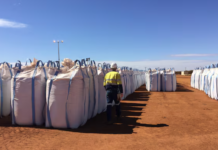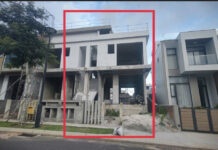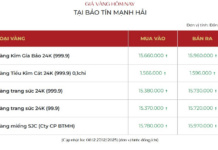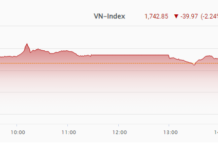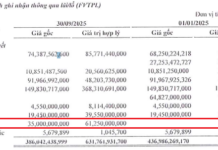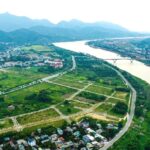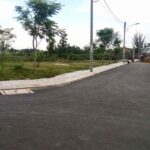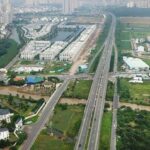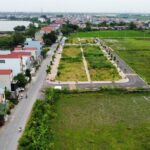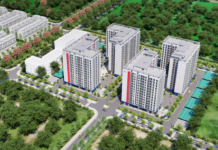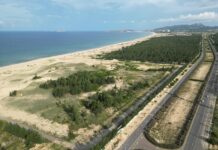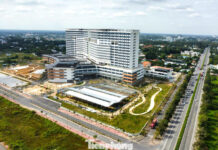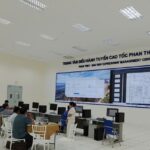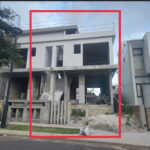
For years, hundreds of households in Yen Nghia, Dong Mai, and Bien Giang wards (now part of Yen Nghia and Chuong My wards in Hanoi) have petitioned authorities to allow them to build residential structures on their legally owned land. The issue has been repeatedly raised at conferences and meetings with National Assembly and People’s Council deputies, but remains unresolved.
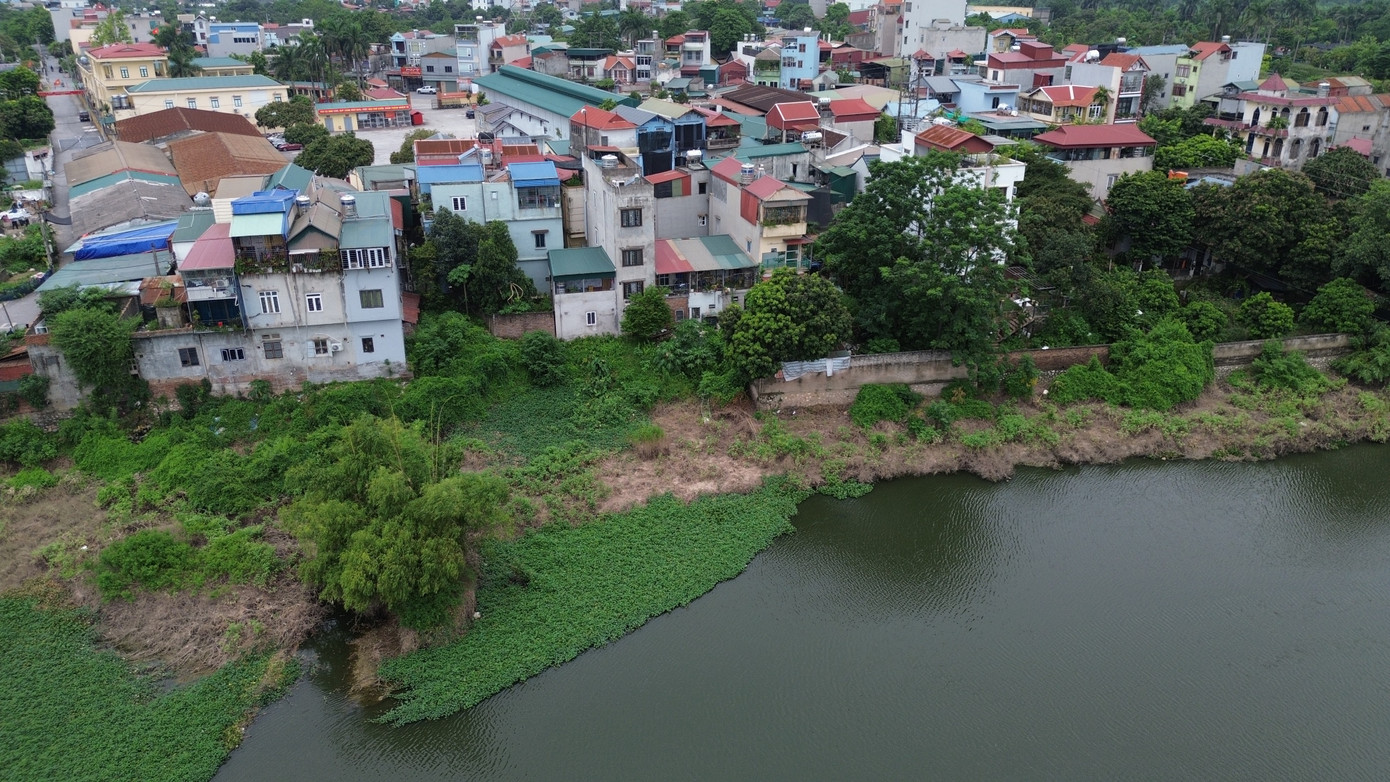
The reason for this situation is that these areas fall within the floodplain of the Day River, as per the Prime Minister’s Decision No. 1821/QD-TTg dated October 7, 2014, approving the planning for flood prevention and dyke management for the Day River system.
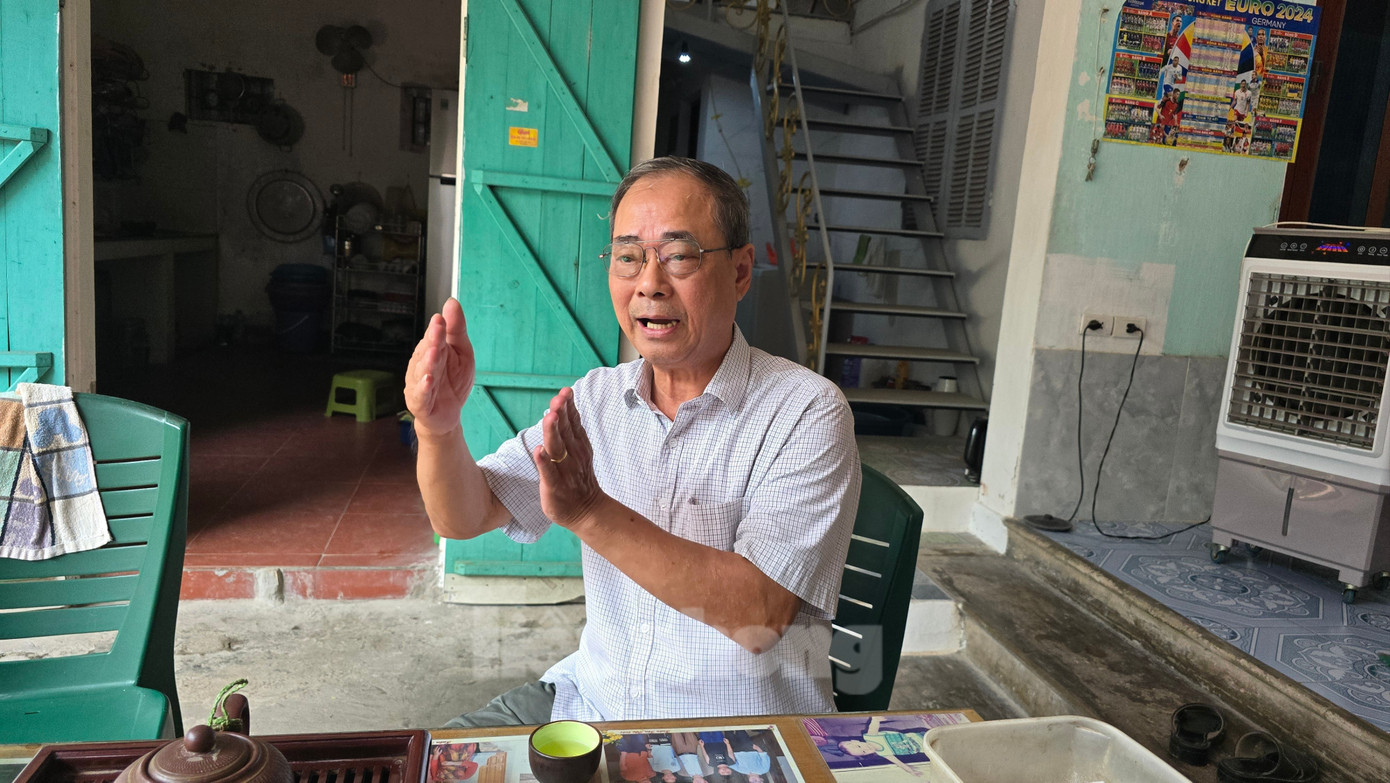
On August 5, Mr. Le Dinh Vuong, head of the Doan Ket neighborhood in Chuong My ward, stated that over 100 households in his neighborhood are located within the Day River floodplain. Together with five other neighborhoods, including Phu My, Hoa Binh, and Phuong Bai, there are more than 1,000 households in total within this floodplain. As a result, these households, despite having legal land ownership documents, are not permitted to build or renovate their homes beyond their current state. However, most of these homes are in disrepair, and the growing population requires additional living space.
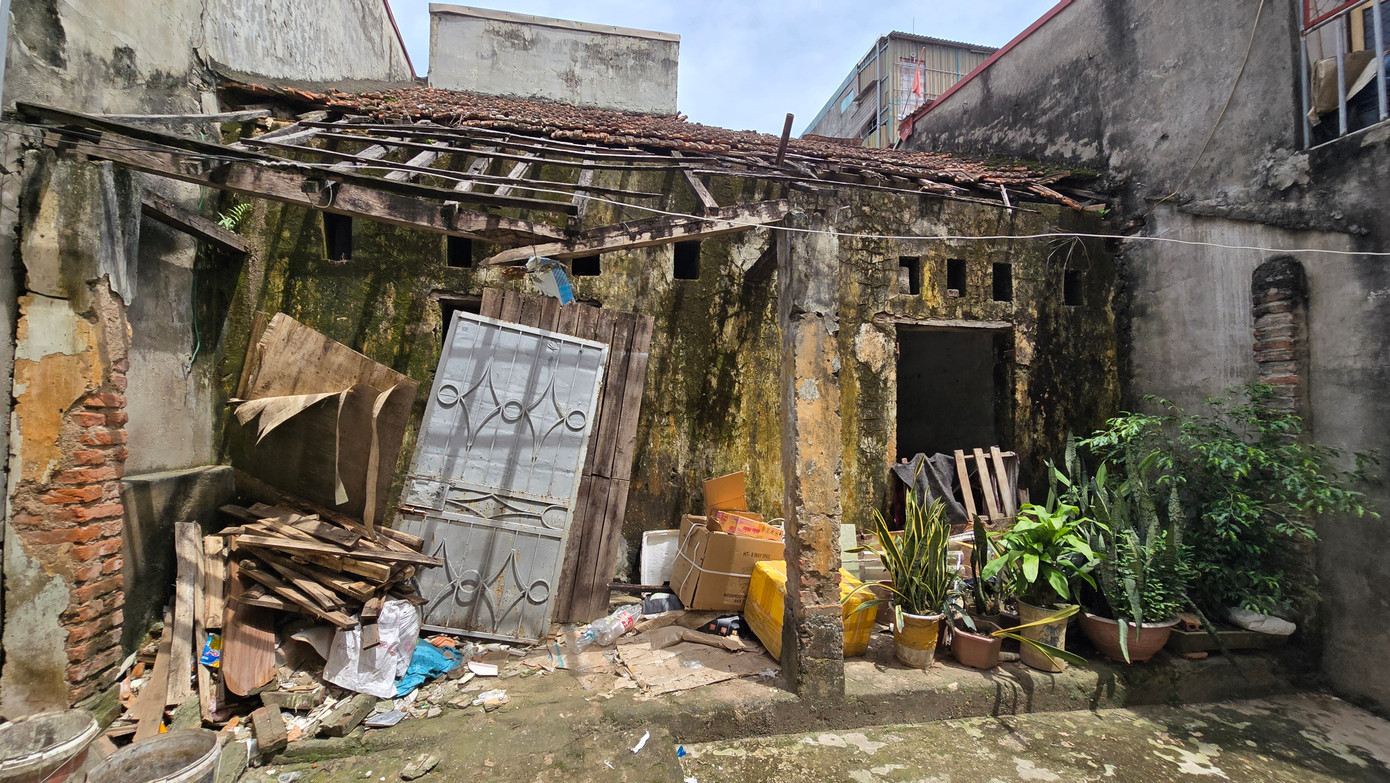
Mr. Vuong mentioned a particular house that was once in a state of disrepair, and whose owner had requested permission to rebuild it, but was denied. In recent years, the owner had to rent accommodations elsewhere, while the original house deteriorated and eventually collapsed.
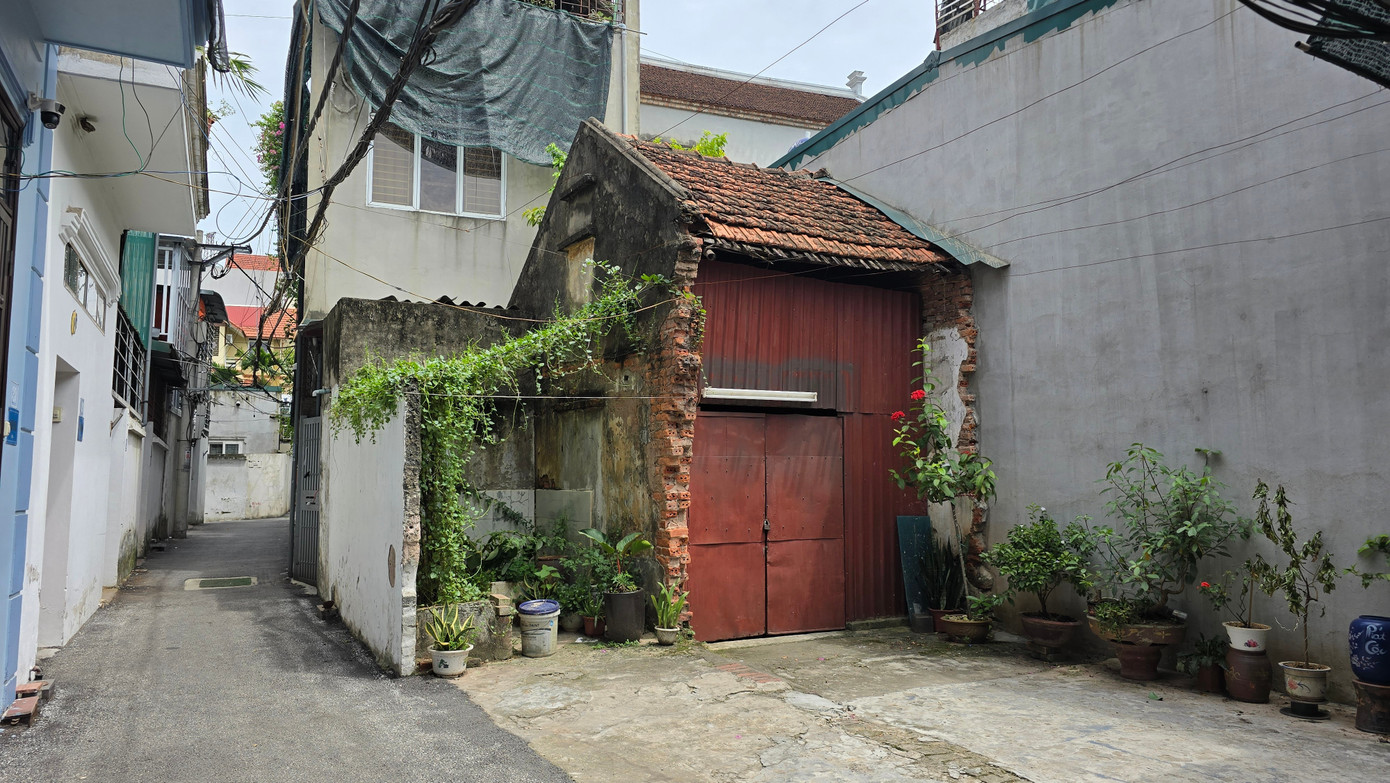
The owner of this house was in the process of dismantling it to build a new one. However, local authorities intervened upon discovering that the original structure was not being maintained, and ordered a halt to the construction.
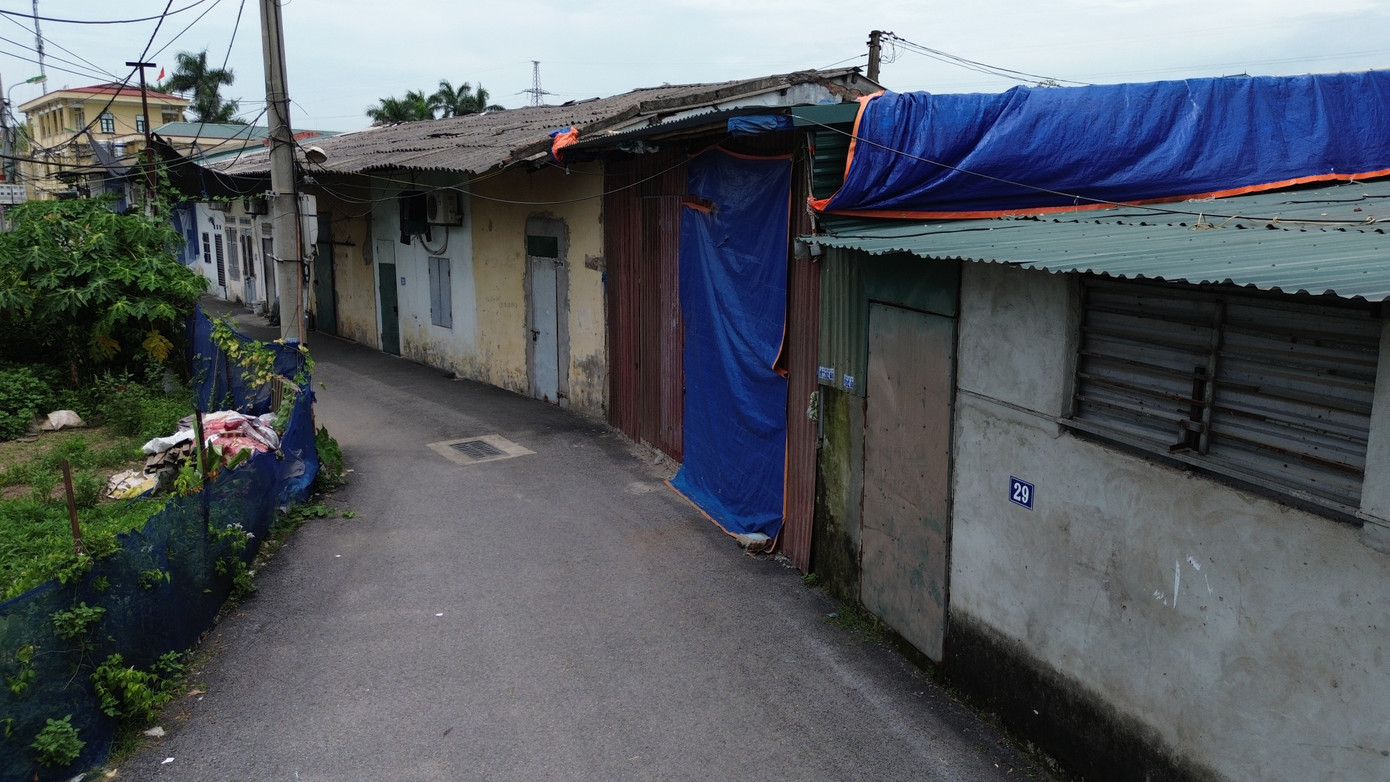
Many of the homes in the Doan Ket neighborhood are temporary structures with corrugated iron roofs. In some cases, multiple generations comprising 6 to 7 family members are living in cramped 25-square-meter apartments. Some households have managed to build loft spaces to create additional living areas.
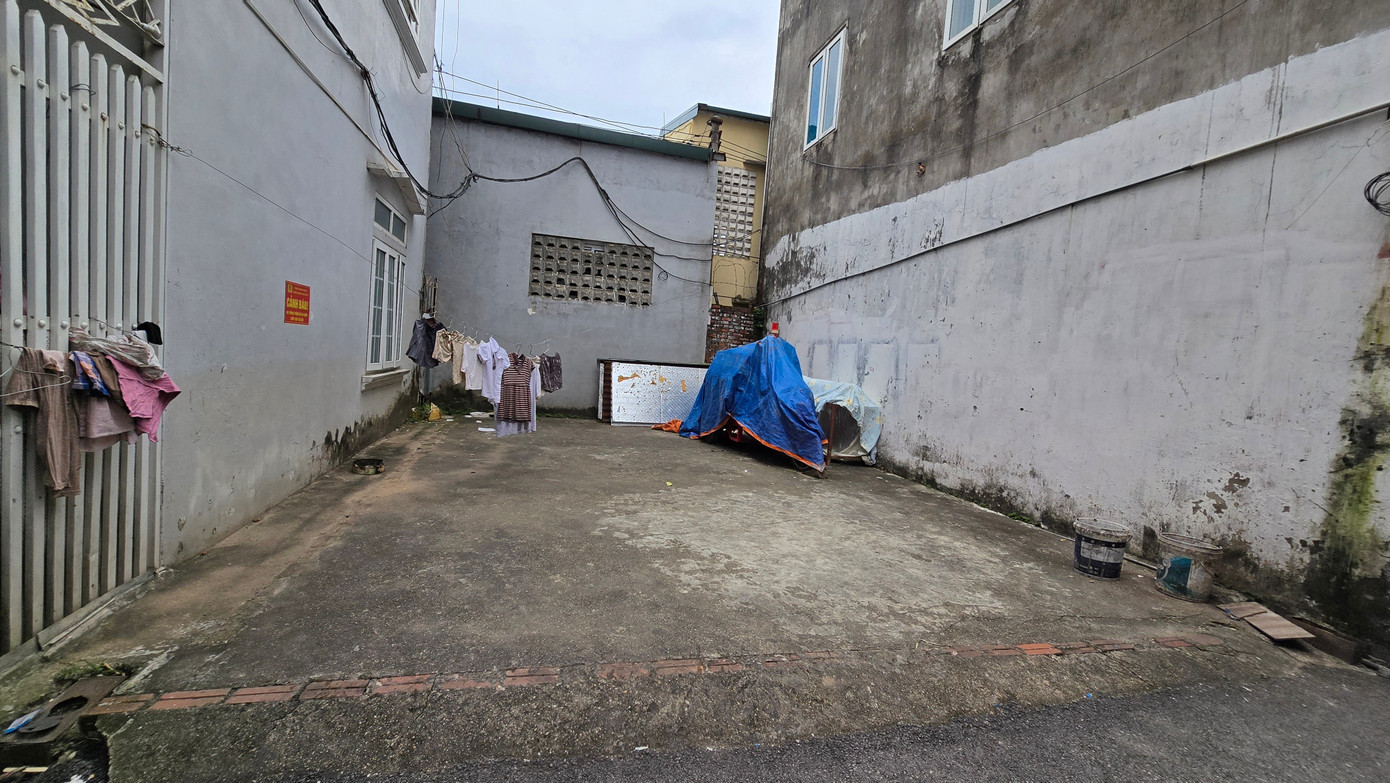
The owner of this plot of land was not permitted to build a new home and had to rent accommodations elsewhere, leaving the land unused.
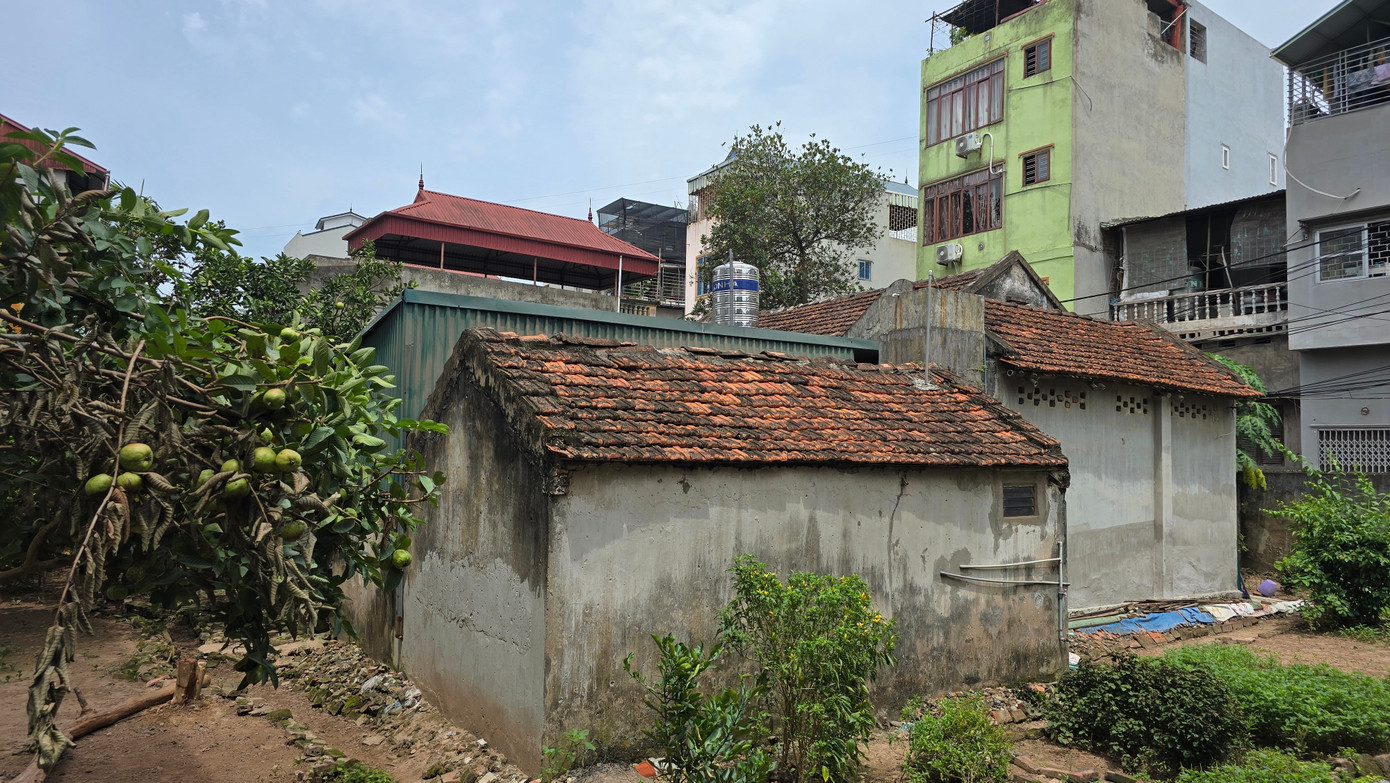
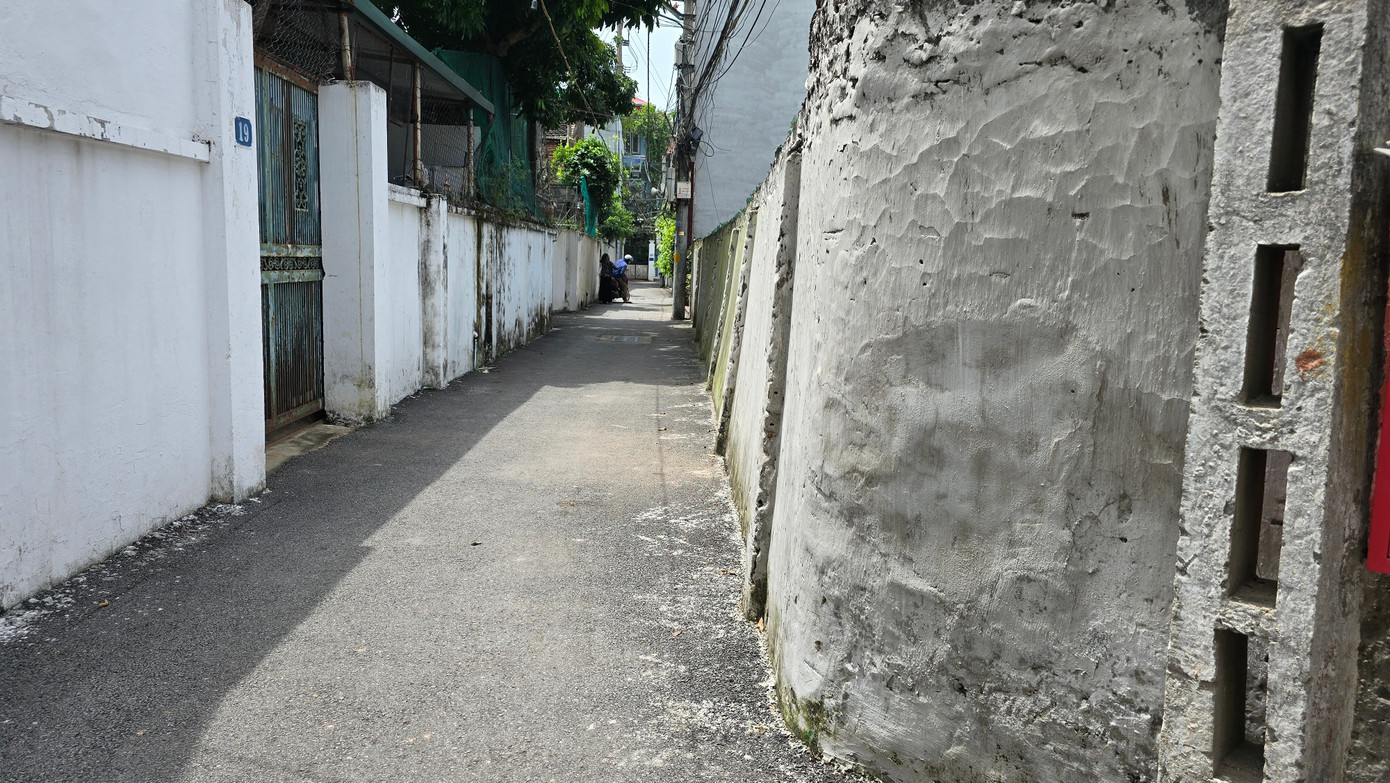

Many of the dilapidated houses in the area cannot be rebuilt, causing anxiety among residents. Even repairs are not a long-term solution, as the original foundations of these houses were built with sand and lime.
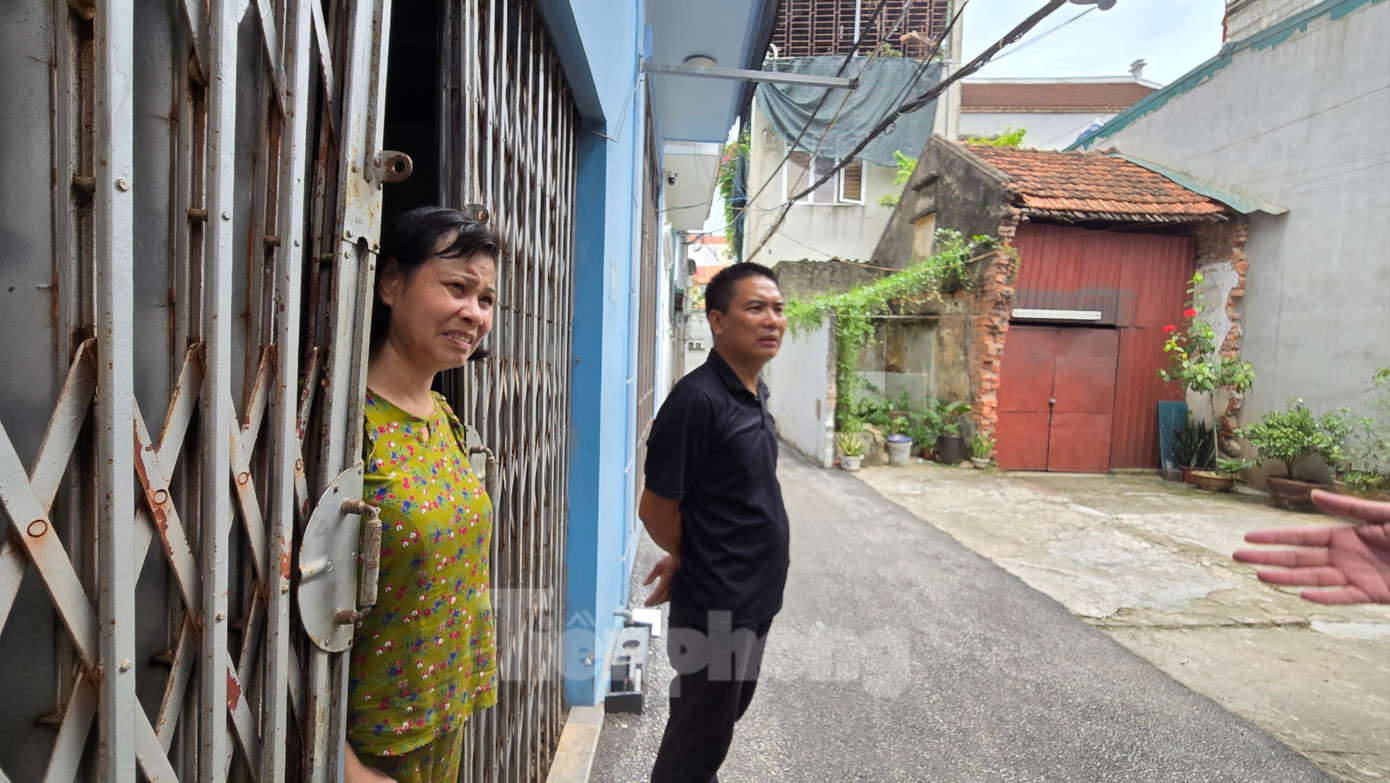
Mr. Vuong emphasized that the local residents have always complied with the Party and State’s policies. However, he appealed to higher authorities to consider the residents’ situation and allow them to build homes to ensure stable living conditions. The residents have even proposed that if granted permission to build, they would agree to only receive compensation for the first floor and the land in its current state, foregoing compensation for any upper floors in the event of floodplain development.
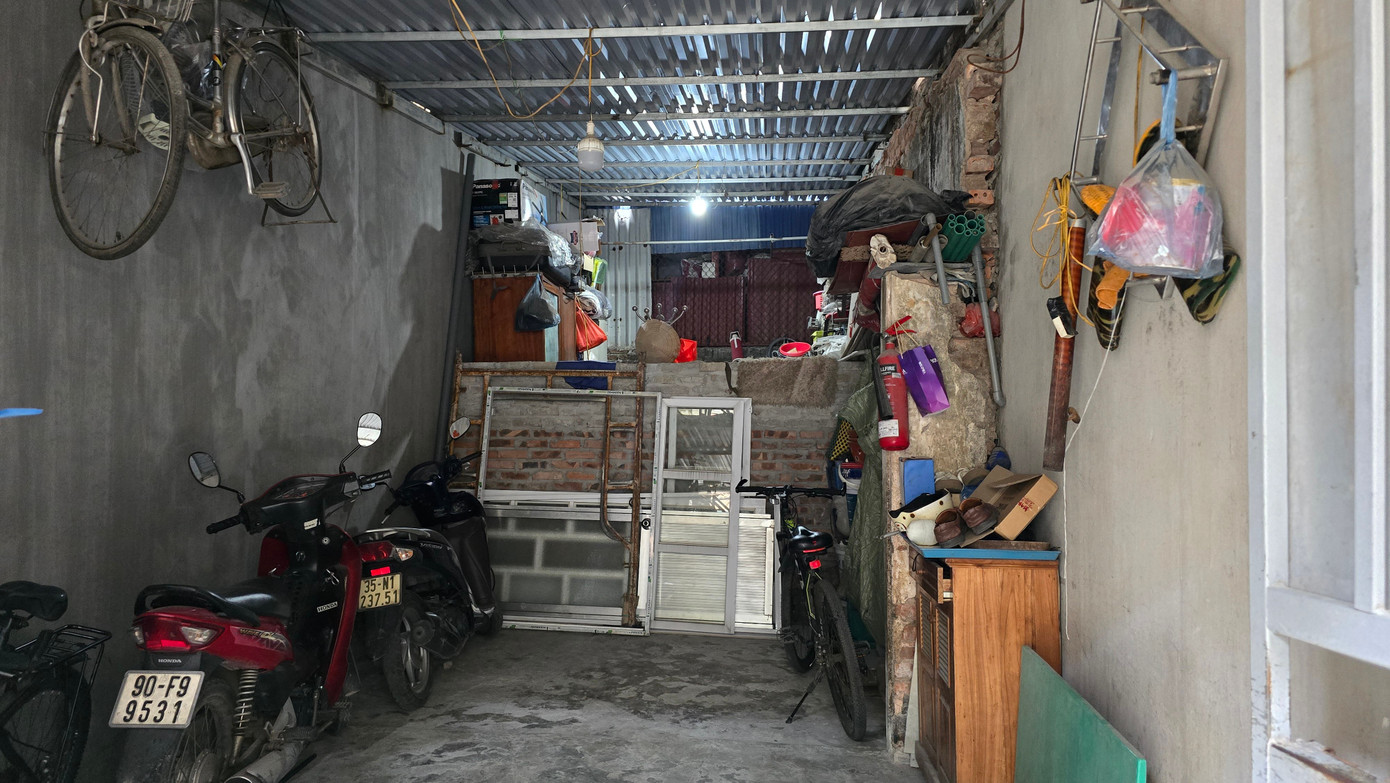
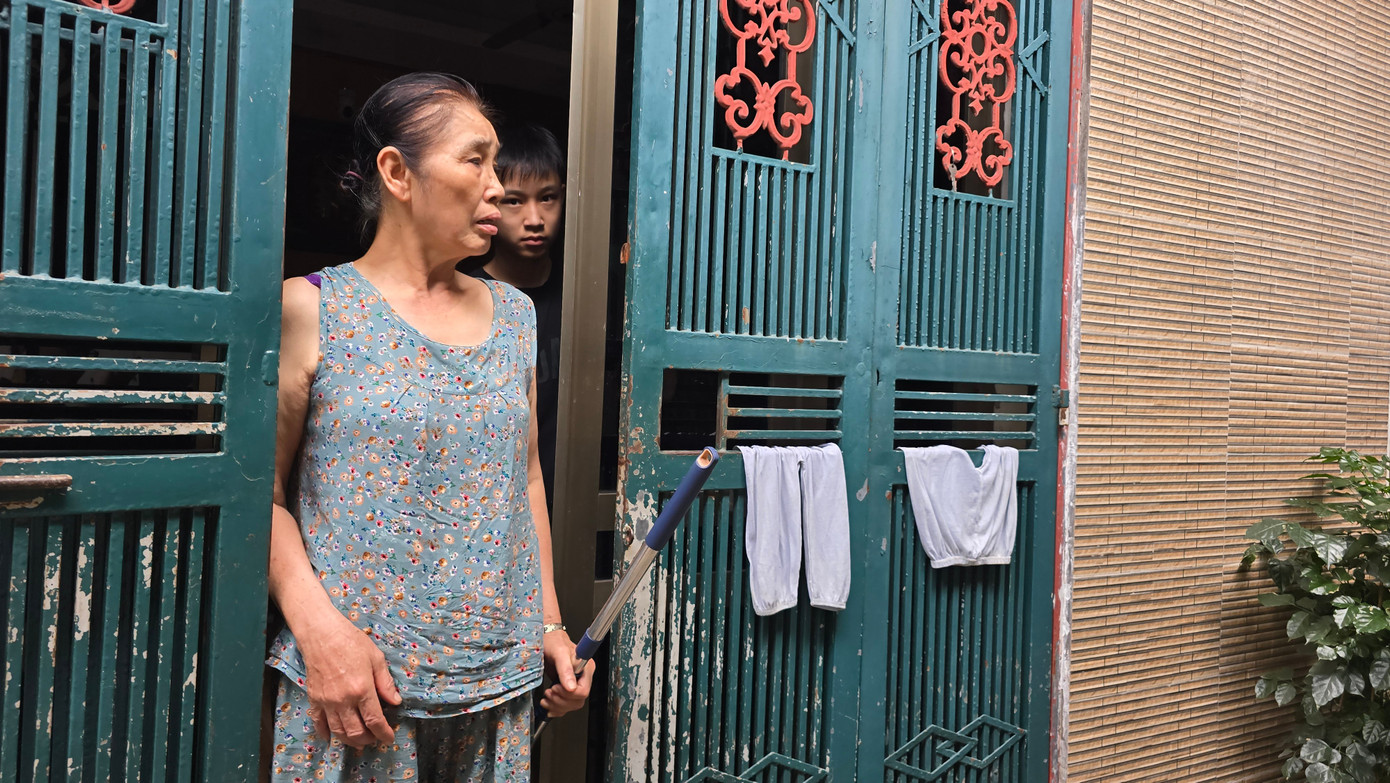
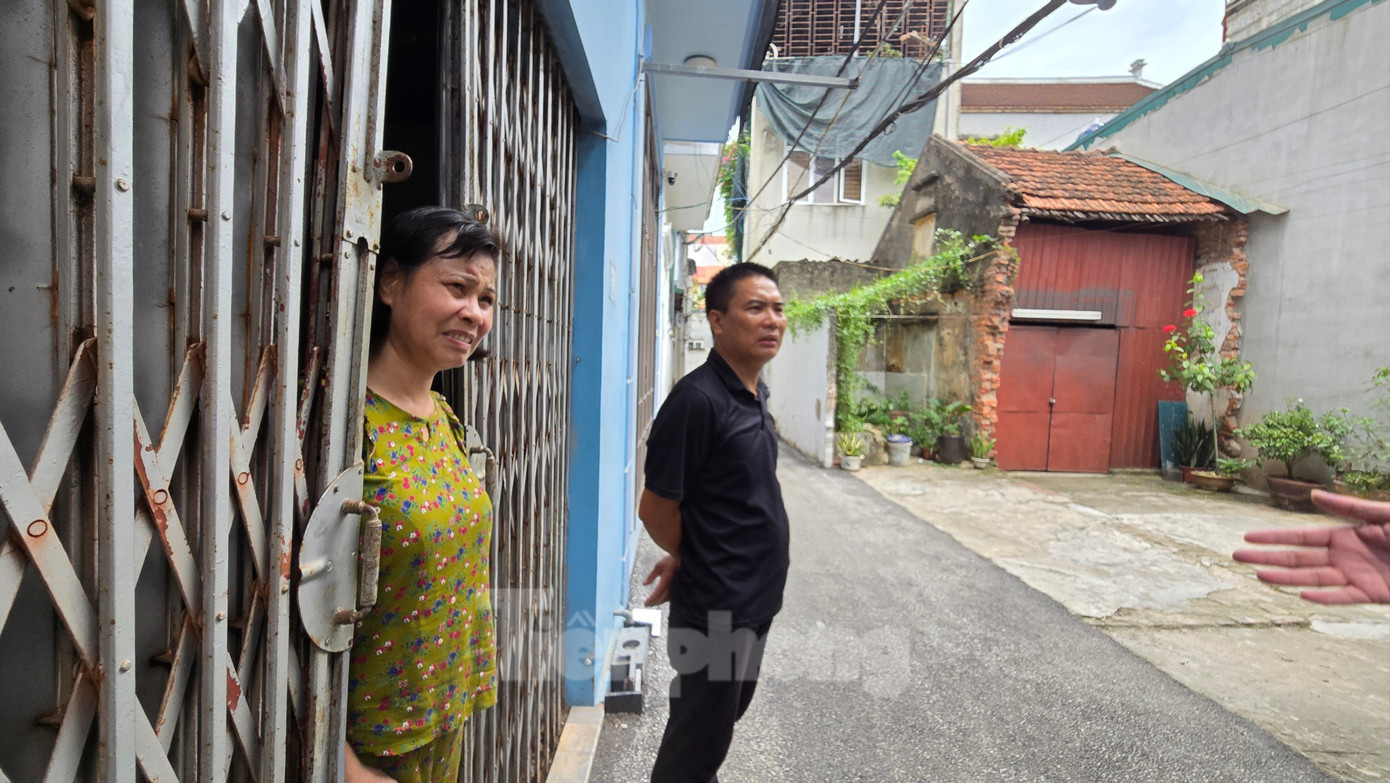
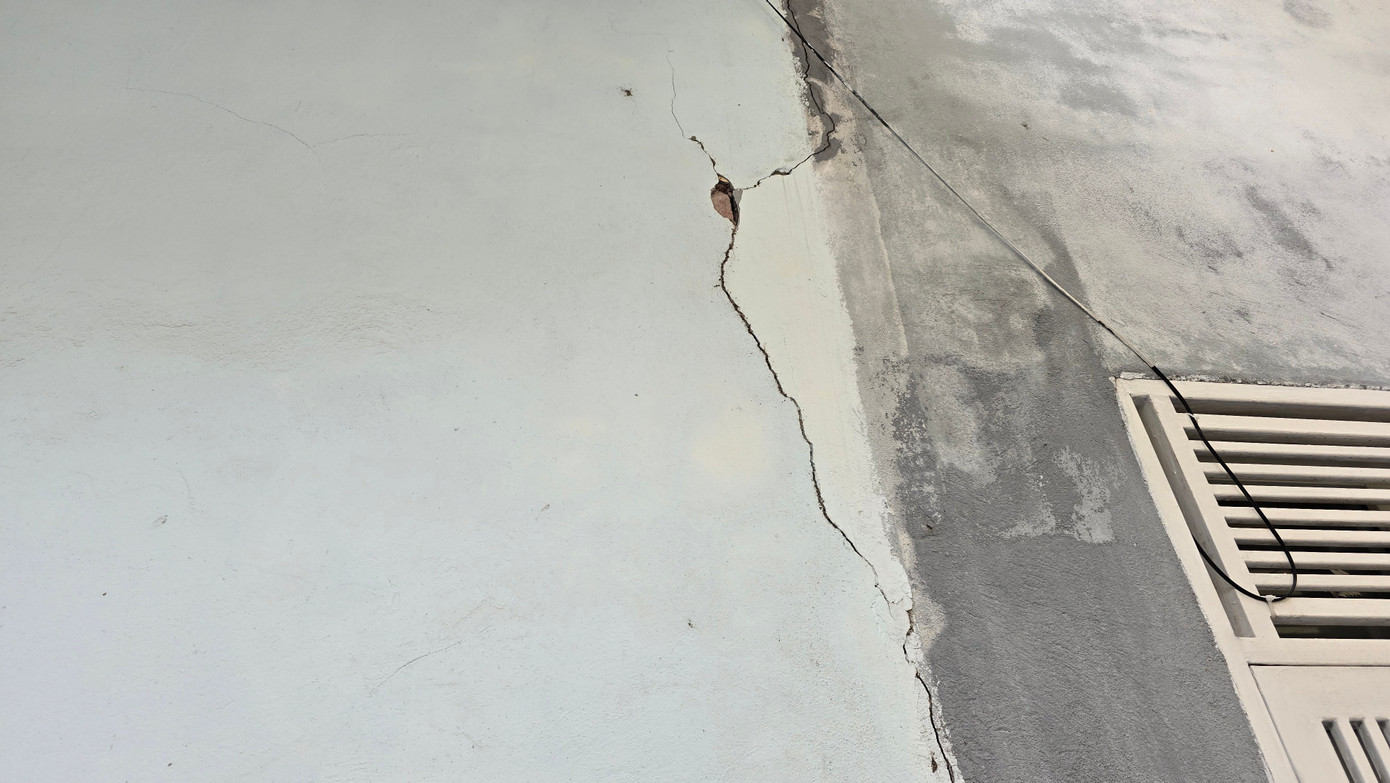
Despite these appeals, the residents’ proposals have not been considered for many years. It is worth noting that the water level in the Day River during the 1971 flood, the largest in Northern Vietnam, only reached about 40 centimeters in these residential areas. Even during Typhoon Yagi in 2024, the river water rose but stopped about 1.5 meters short of reaching the residential areas. “Our land has legal paperwork, but no one wants to buy it. We are not allowed to build or renovate, and we are stuck with the current state of our properties. We hope that the government and relevant ministries will consider our situation and provide support so that we can live peacefully,” said Mr. Vuong.
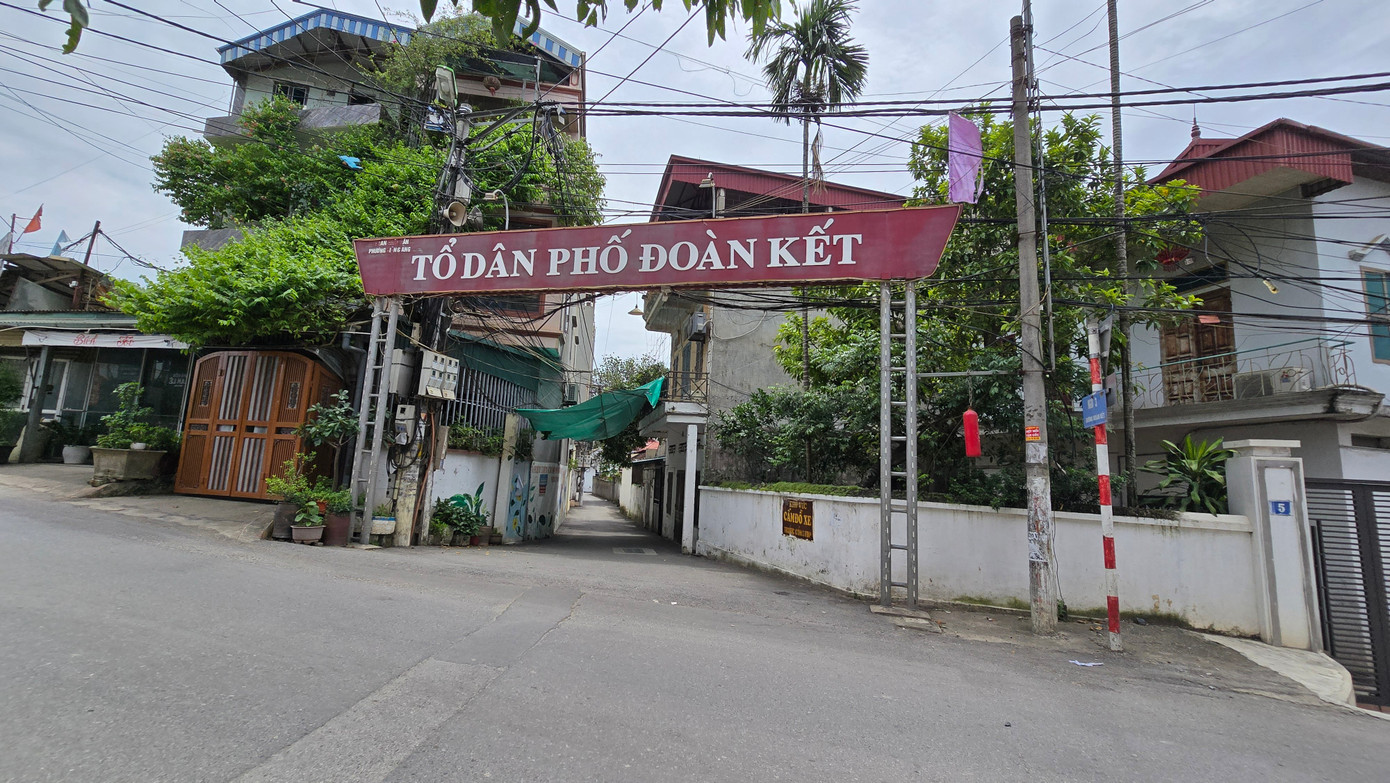
The People’s Committee of Chuong My ward stated that they understand the desires and proposals of the households within the Day River floodplain. However, as this matter exceeds their authority, they will report it to higher authorities to devise appropriate solutions that ensure the well-being of the people.
“Striking a Balance: Revising Land Valuation Tables for Sustainable Revenue and Community Wellbeing”
It is imperative that the land price lists published by local authorities are realistic and avoid being overly optimistic or pessimistic. Overvaluation can deter businesses, while undervaluation can lead to a significant loss in revenue for the government. A balanced and accurate assessment is crucial to fostering a healthy business environment and ensuring a stable financial outlook for the region.
The Magic of Metropolitan Transformation: Unleashing Potential with Sub-Division and New Construction Permits in Ho Chi Minh City
The Ho Chi Minh City People’s Committee has granted permission for mixed-use land to be converted for residential purposes, with the issuance of building permits and land division approvals. This decision was communicated to relevant departments, district-level People’s Committees, Thu Duc City, and the Ho Chi Minh City Land Registration Office, signifying a significant step forward in land use planning and development within the city.
“Prime Minister Demands Local Governments to Issue All Remaining Documents Detailing the Land Law by October 31st”
Prime Minister Pham Minh Chinh has instructed local authorities to focus on enacting all assigned detailed provisions of the Land Law and its implementing decrees by October 31, 2024. This directive emphasizes the importance of establishing comprehensive land-related regulations, ensuring a clear and concise legal framework for land management and use across Vietnam.


